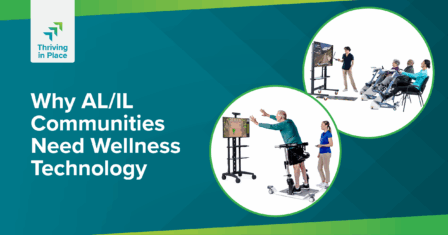Fall Prevention and Standing Balance Using OmniVR
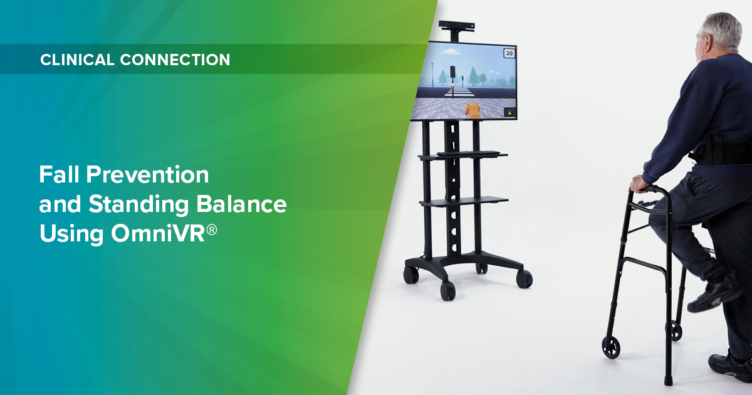
According to the CDC, over 14 million (1 in 4) older adults report falling each year.* Falls lead to injury, disability, and death. Fall risk screening and treatment approaches are essential in decreasing falls in this population. There are many potential factors associated with one’s risk of falls, including weakness, impaired balance, and abnormal gait.
Virtual reality is an interactive and effective treatment approach that may be used to address these impairments and has repeatedly been shown to increase patient participation and reduce fall risk. The OmniVR® Virtual Rehabilitation System incorporates exercise/activity focusing on upper and lower extremity strength, sitting balance, sit-to-stand, standing balance, gait, wheelchair mobility, and cognition.
Several OmniVR exercises/activities can be directly used in treatment of standing balance deficits. They address dynamic standing balance, core stability, posture, trunk rotation, weight shifting, multidirectional gait, and dual task activity.
Standing Balance Dual Task Activities
Core Stability and Posture with Upper Extremity Movement

Beach Ball

Deep Water Swim

Picking Fruit

The Fishing Boat
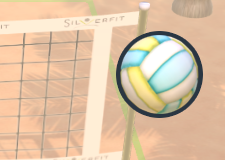
Volleyball
Trunk Rotation with Upper Extremity Movement
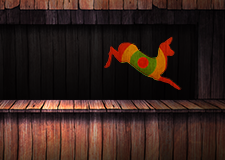
Carnival

Eggs
Weight Shifting with Trunk Movement (lateral or forward/backward)

Puzzle
Foot Placement, Multidirectional Gait, and Obstacle Avoidance

The Garden Hose

The Mole

A Stroll

Vegetable Garden
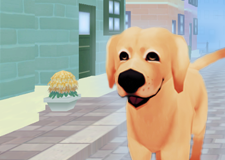
Walking The Dog
 Everyday Environments
Everyday Environments

Flower Garden
Cognition

Follow The Trail

Memory Training

Mental Math

Object-to-Object Recognition

Pattern Recognition

Sound Recognition

Spelling Bee

Word-to-Object Recognition
The OmniVR Virtual Rehabilitation System has many different standing balance activities with customizable parameters to meet your patients’ needs and achieve optimal individualized outcomes.
Author:
Andreé Akst, PT, MPT, CEEAA, NASM-CES, Clinical Services Content Specialist
*Source: https://www.cdc.gov/falls/data/index.html
Latest Updates
Subscribe to stay up-to-date on our latest posts.


